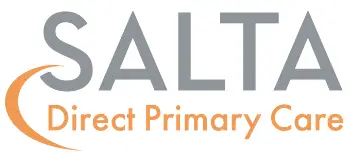CEO – John Blanchard, MD
CEOs were sitting on millions of dollars of untapped enterprise value, and they don’t even know it. If you’re the CEO of a company you know how important EBITDA, earnings before interest, taxes, deductions, and amateurization is to your company’s value. Your company is bought and sold in the market using EBITDA to create a level playing field on value. Depending on your industry your company could be valued at anywhere between one- and fifty-times EBITDA. For example, an average manufacturing company is valued at six times EBITDA. Therefore, if you’re the CEO of a manufacturing company and have 5 million dollars of EBITDA margin, your company could be valued at 30 million dollars. CEOs manage every line of expense and work really hard to drive top line revenue in order to maximize their EBITDA. What many of them don’t realize is that they’re sitting on millions of dollars of untapped enterprise value that’s hidden in their health care costs, and they don’t even know it. Most CEOs ignore what they’re paying for health care because they think that they have no control over that expense line. Sure, they can listen to their broker, as many companies have over the past 10 years and shift more of the cost for their health care to their employees. However, increasing the deductibles and premium contributions only devalues the benefit that their employees value most. That’s not a good plan. Employees value health care and it’s a way of attracting and retaining top talent. Talent so every year CEOs accept a 5-10% increase in their health care costs and they write that off to the cost of doing business. Employing high value advanced direct primary care is a proven method to lower total cost of health care for companies by 20-40%. So, let’s apply this to our example that I just mentioned. The average company today is spending twelve thousand dollars per employee, per year on their health care costs. Let’s assume the manufacturing company and the example I just described has 600 employees and spends $10,000 per employee per year on healthcare. That means they’re spending 6 million dollars. Now imagine the company makes advanced high value direct primary care available to their employees and their families. The total cost of care drops because of that 20%, that’s 1.2 million dollars. In our example, that 1.2 million dollars goes directly to the bottom-line increasing EBITDA from 5 million to 6.2 million. The company is valued at six times EBITDA, which just increased by 1.2 million dollars so now the company valuation jumps 7.2 million, from 30 million, to 37.2 million dollars. It’s not magic. It’s the power of direct primary care.




